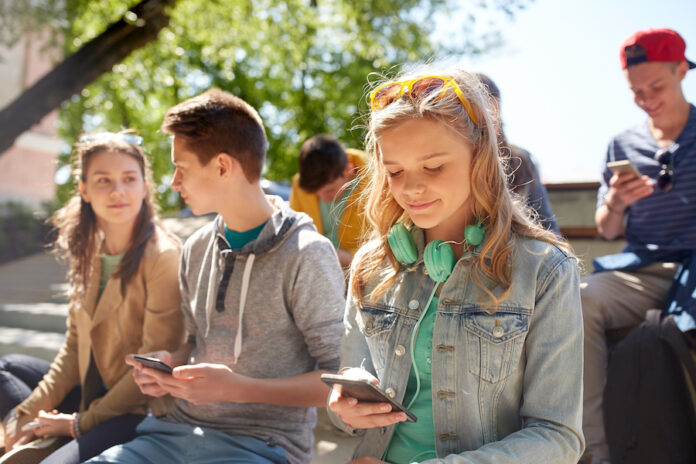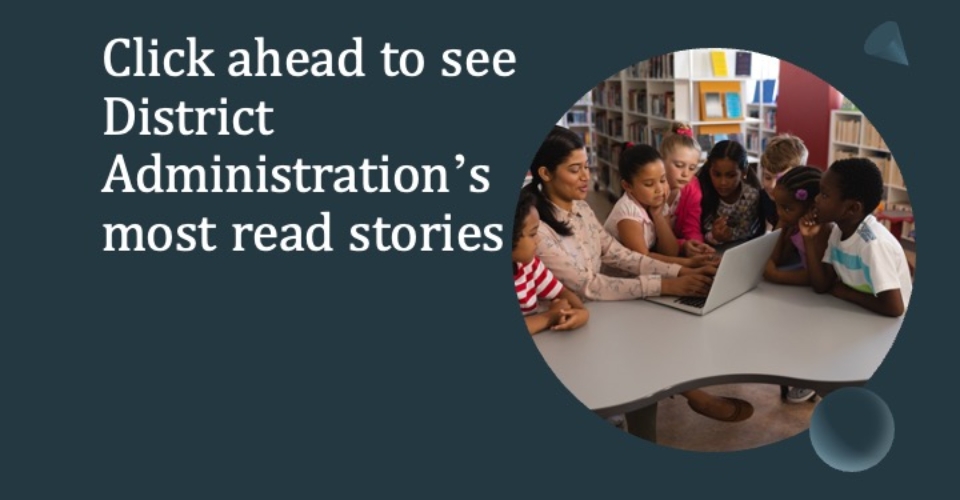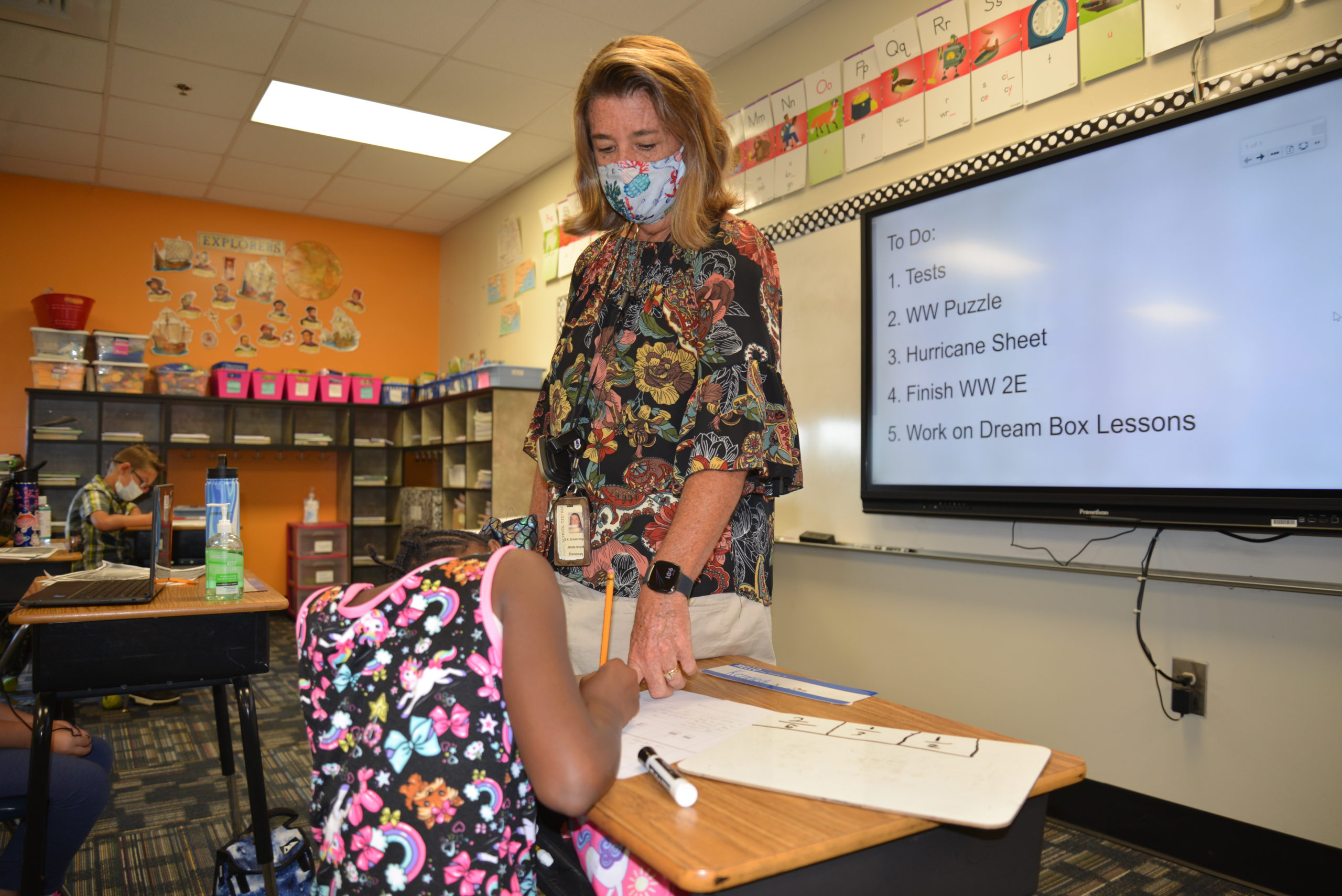Social media and mental health are now inextricably linked in the eyes of educators grappling with a rising emotional crisis in and around their classrooms. While kids probably aren’t going to suddenly stop using social media, educators and other adults can work to turn the often-vilified online platforms into a more positive influence in the emotional lives of students.
Nearly four in 10 girls, for example, report suffering symptoms of depression, and among these girls, social media has an outsize impact—both positively and negatively, according to a new report, “How Girls Really Feel About Social Media,” by Common Sense, the influential nonprofit media watchdog. Also, a majority of girls of color report finding identity-affirming content on social media but about half also encounter racism while online.
Girls and female students who are already struggling with mental health problems are more likely to have bad experiences on social media. But the most heavily-used platforms—YouTube, TikTok, Instagram, Snapchat and various messaging apps—also provide a source of community, support and even mental health resources, according to Common Sense’s survey.

Girls also use words such as entertainment and fun, creativity and self-expression, discovery and social activism to describe the benefits of social media. “We must determine how to reduce risks while optimizing benefits, how to minimize the negative aspects while maximizing the positive ones, and how to do so in a way that accounts for the needs of those who are most vulnerable,” Common Sense urges in its report.
More from DA: Black and Latino superintendents seek the nation’s help on 2 education crises
Overall, a majority of girls believe that features like location sharing, endless scrolling, and appearance filters have an effect “but they’re split on whether those effects are positive or negative,” the report says.
Before we get to the recommendations, here is what Common Sense found about how girls are using social media:
- Adolescent girls spend over two hours per day on TikTok, YouTube, and Snapchat, and more than 90 minutes on Instagram and messaging apps.
- Nearly half (45%) of girls who use TikTok say they feel “addicted” to the platform or use it more than intended. Almost one in three girls (30%) who use Snapchat say they feel daily pressure to be available or responsive to peers.
- Seven out of 10 adolescent girls of color who use TikTok (71%) or Instagram (72%) report encountering positive or identity-affirming content related to race at least monthly on these platforms, but nearly half also report exposure to racist content or language on those apps.
- Across platforms, LGBTQ+ adolescents are roughly twice as likely as non-LGBTQ+ adolescents to encounter hate speech related to sexual or gender identity, but they are also more likely to find connections.
- Girls say they encounter helpful mental health content more often than harmful content. But among girls with moderate or severe depressive symptoms, roughly seven in 10 who use Instagram (75%) and TikTok (69%) say they come across problematic suicide-related content at least monthly on these platforms.
- The majority of girls who use Instagram and Snapchat say they’ve been contacted by a stranger on these platforms in ways that make them uncomfortable.
Social media and mental health: The solutions
Common Sense’s first recommendation for educators is to include girls in the problem-solving process. “Debates surrounding social media often spark controversy and concern, yet rarely are young people themselves part of these discussions,” the report says. “Girls are more likely to say that their lives would be ‘worse,’ rather than ‘better,’ without social media.”
This means that educators, when helping girls navigate social media and mental health, must strike a “delicate balance” that includes zeroing in on some of the design features of particular apps. For example, TikTok’s vast library of algorithmically driven video content is likely why girls feel addicted to the platform and why they spend more time on it than intended. TikTok is also more likely to interfere with girls’ sleep, the report says.
Messaging apps, on other hand, put pressure on girls to be available to respond to peers. And girls also say they are more likely to report unwanted contact by strangers on their Instagram and Snapchat public accounts. Finally, girls are more likely to say location sharing and public accounts are harmful while they have mixed opinions on features such as appearance filters.
Any solutions, therefore, should take into account curtailing access to some of these features.










